Vikings refer to people who came from the old world of Scandinavia between the 8th and 11th centuries, which is now known as Denmark, Norway, and Sweden. Vikings are popularly known as the Norse or Norsemen, who were pagans. During early times, the Vikings targeted rich Christian monasteries through raids but were later converted.
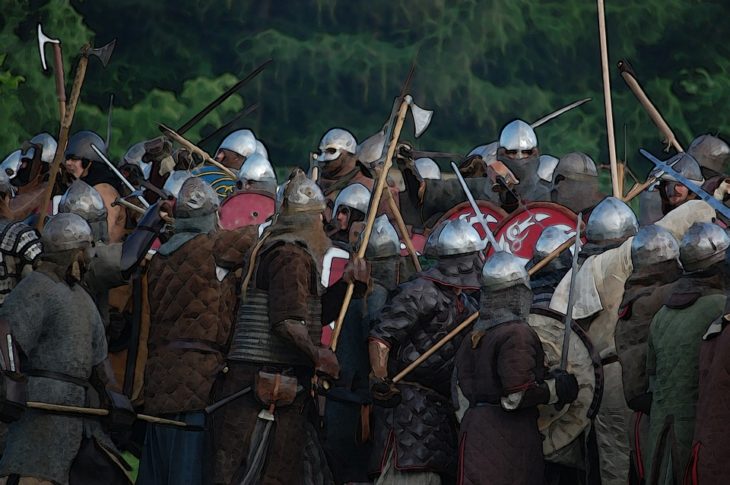
Source: Pixabay
But what would be living in the Viking Era have been like? Learn more by continuing to read this post.
Contents
Everyday Life During the Viking Era
Most Vikings are fearless, ready to raid and are prepared to die in battle. They are also people who have high regard for Norse creatures and gods and goddesses, like those listed in alehorn.com. However, when it comes to everyday life during the Viking times, most people were farmers. Life was very simple, and people were living in a practical way, working and finding a source of food, goods, and other basic needs for the family.
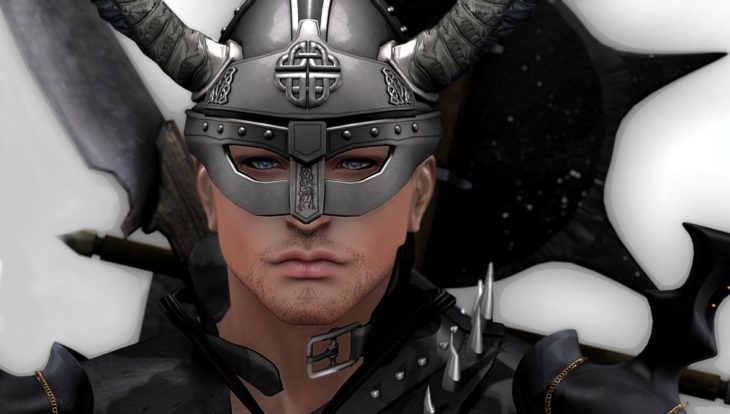
Source: Pixabay
Here are some good-to-know facts about daily living during the Viking Era:
- Many people in most parts of Scandinavia lived in lumber houses. However, in places where trees or wood was scarce, houses were built with stones.
- Nearly all workshops and houses were long and rectangular, which were made of timber.
- There were openings but no chimneys to allow smoke to escape from the hearth.
- Because there are no windows, the interiors were gloomy and lit only by candles or oil lamps.
- Most people were busy cooking, blacksmithing, pickling and smoking food, drying, salting, tanning leather, and dyeing cloth.
Viking Fashion
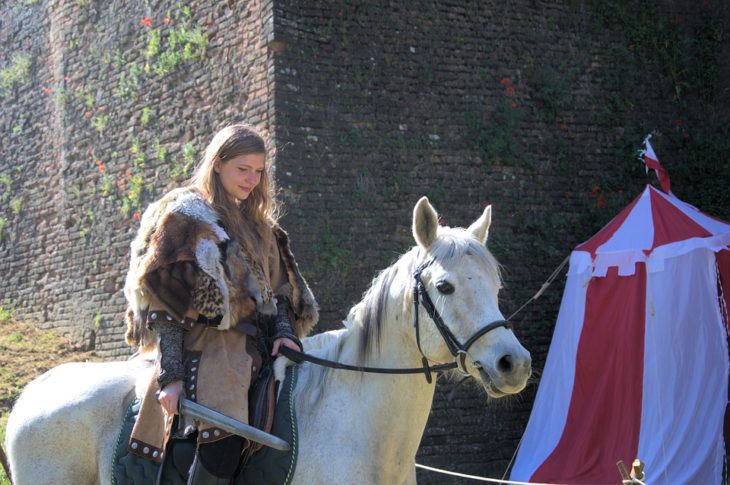
Source: Pixabay
The Vikings wore practical and simple clothes, made from linen or wool fabrics. Also, animal skins kept the Vikings warm during winter. Women wore an apron over loose-fitting dresses, while men wore tunics or long-sleeved shirts and trousers. In freezing weather, everyone wore cloaks, which were fastened by brooches. Also, Vikings wore leather shoes.
Follow this site to get more information.
Livelihood
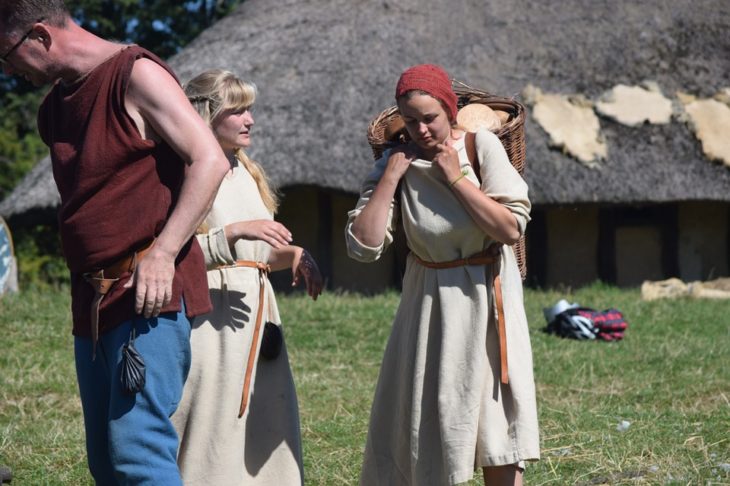
Source: Pixabay
Scandinavian farmers grew oats, rye, and barley, as well as kept goats, cattle, pigs, sheep, horses, and chickens. Vikings were also potters, boat-builders, carpenters, and leatherworkers. Craftspeople were always busy in workshops. The most important place was the harbor in any Viking town, wherein boats were filled with animals and goods, and markets and trading were done on the quay.
Education

Source: Pixabay
Viking children didn’t go to school and learned practical skills from parents. Children needed to work as soon as they reach young adulthood. The boys needed to learn all the work taught by men, such as brothers, uncles, and fathers. The only structured training was the instruction by priests or in Viking mythology.
Here are the good-to-know facts about Viking writing:
- The Scandinavian runic alphabet has 16 letters. It is known as futhark nowadays.
- You wouldn’t find any vowels, like E or O, or consonants, like D, G or P. However, the sounds that these letters represent were used in the Norse language.
- The system of writing Vikings used was called “rune” or “runes,” which meant “secret wisdom.” Runes were carved into stones, which last longer than bone or wood.
Grooming and Health
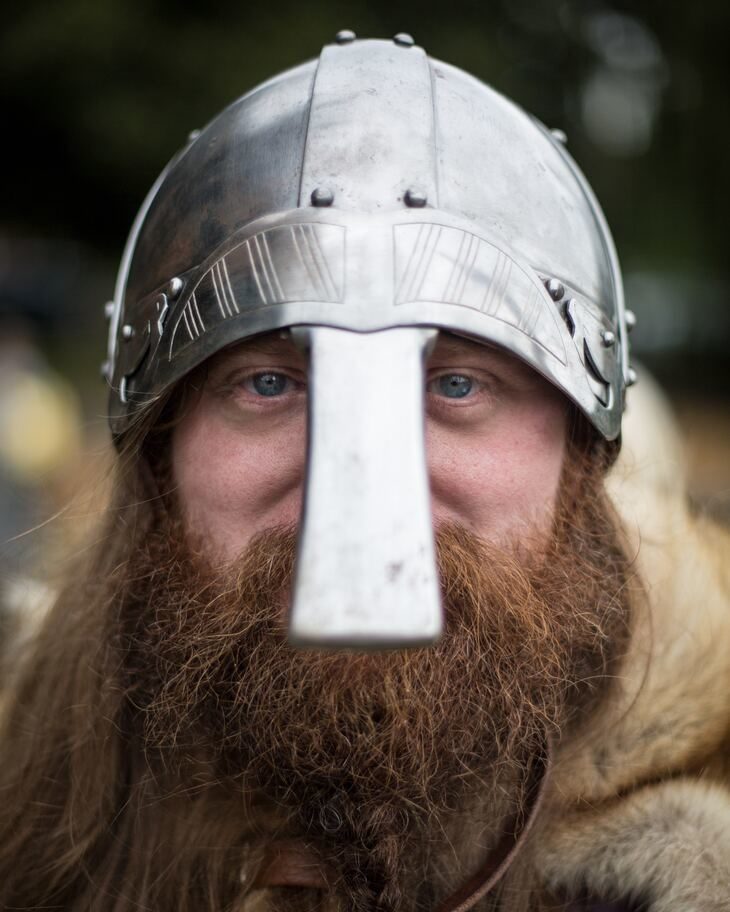
Source: Unsplash
The Vikings kept a neat appearance, and one of the naturalistic renderings include the antler carving with the figure of a man with a neat hair and trim, wearing a beard, long mustache, and a helmet.
Here are some interesting facts about the health status of Vikings during the Viking Era:
- Viking farmers ordinarily experienced arthritis of the hands, knees, and the backs based on Viking skeletons. Other illnesses include inflamed wounds and pneumonia.
- When it comes to medical treatments, anointing, the cleaning of wounds, setting broken bones, bandaging, midwifery, and preparation of herbal remedies were practiced.
Life Expectancy
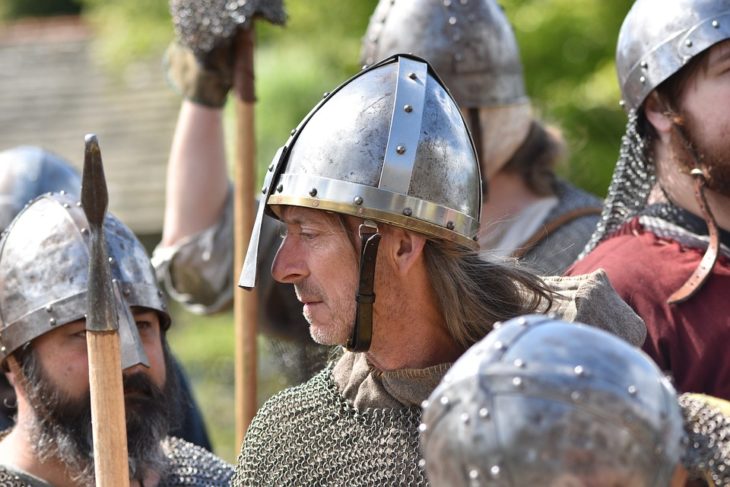
Source: Pixabay
The life expectancy of the Vikings was very low when compared to modern standards. Because of high infant mortality, the average life expectancy of Vikings were about 20 years.
Here are some facts about the life expectancy of Vikings during the Viking Era:
- During the Viking era, the expected life span was 30 to 40 years.
- Life was usually short even if a Viking reached adulthood. That’s why people who were middle-aged or 40 years old and above were considered old. Children were considered adults from 13 to 14 years of age.
- The number of years is called “winters,” and some Vikings could live to celebrate 50 winters or birthdays.
Conclusion
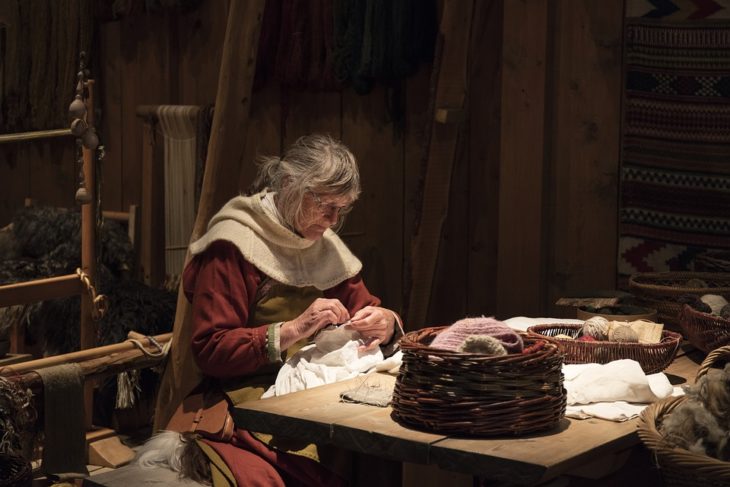
Source: Pixabay
Living during the Viking Era was simple, practical, and full of rich culture and tradition unique to Vikings. Many people were farmers and craftsmen. Men and women wore simple clothes, enough to protect the body against harsh weather and elements. While children didn’t attend formal schooling, Vikings learned practical skills from parents and ancestors through passed sagas and traditions.
